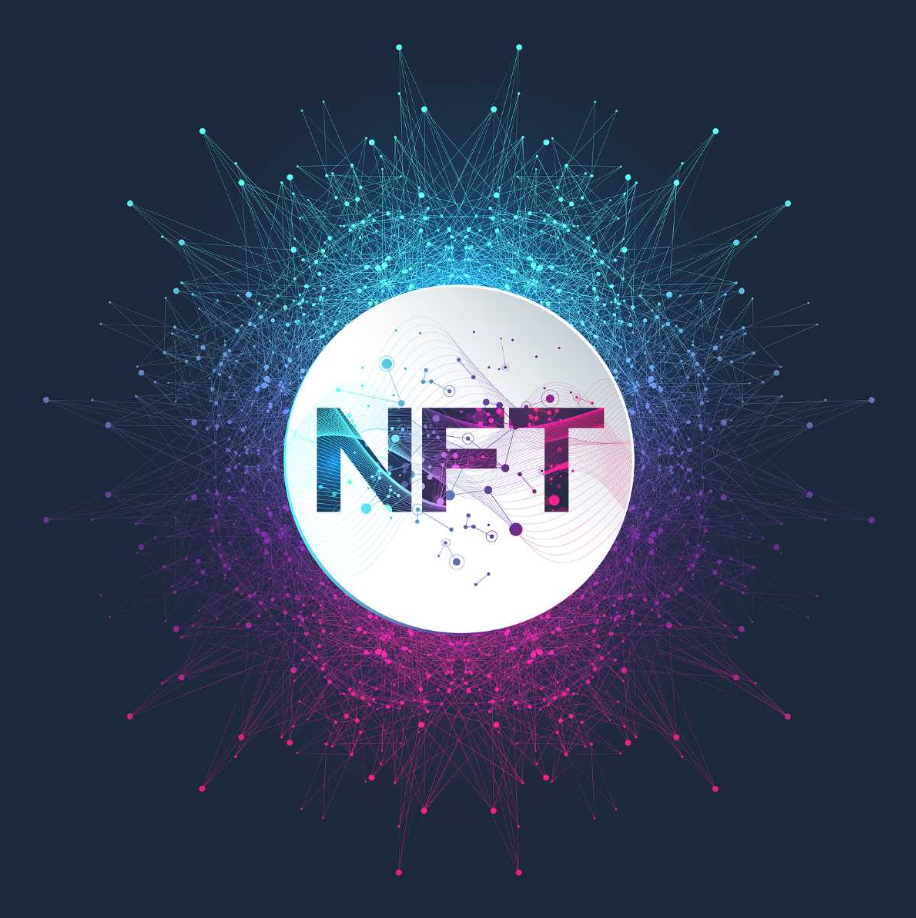Dubbed as "Ordinals 2.0" by Bitcoin personality Dan Held, a paradigm shift in Bitcoin functionality is on the horizon, promising to unlock vast possibilities in digital asset management, NFTs, and collectibles. Recursion, the latest feature, allows inscriptions to use and access content from other inscriptions, fostering the creation of complex, interactive content on the Bitcoin blockchain.
Ordinals offer a unique numbering scheme for satoshis, allowing users to track and transfer individual sats based on their mining order and using a first-in-first-out method. These ordinal numbers can be attached to arbitrary assets, serving as stable identifiers.
Ordinals 2.0's recursion feature broadens the scope of possible applications within the Bitcoin ecosystem. It allows for content reusability and dynamic content creation, enabling more complex applications such as decentralized auctions, escrow services, and royalty distribution mechanisms.
Although recursion alone does not fully bring smart contract functionality to Bitcoin, its combination with Ordinals paves the way for smart contract-like applications within the Bitcoin network.
With the expected increase in the adoption of Ordinals, the Bitcoin network is set to see an influx of innovative use cases. The integration of recursion and Ordinals may significantly expand Bitcoin's functionality and reduce on-chain bloat, driving further interest and development in Bitcoin-based applications.










